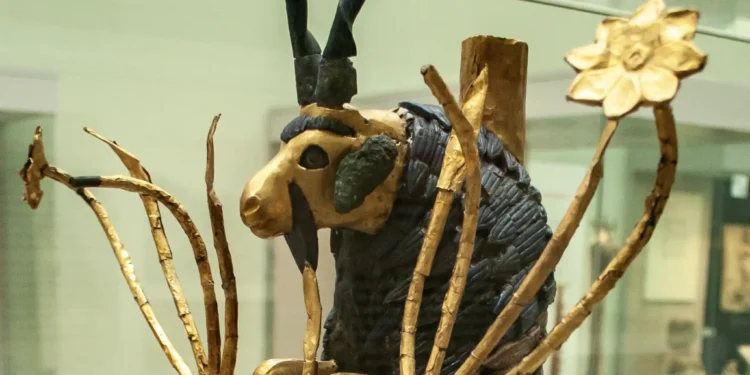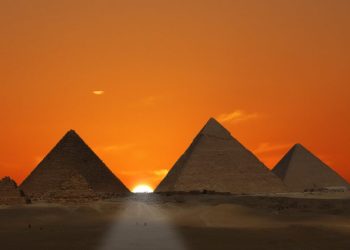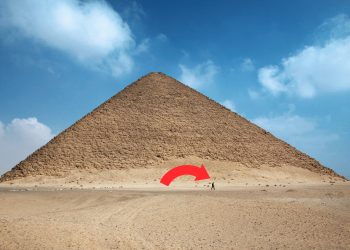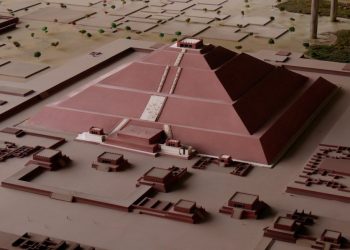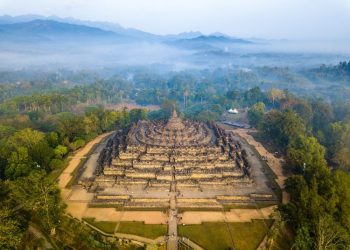Have you heard about the “Ram in the Thicket”? If not, let me tell you a story.
At dawn, in the southern plains of Mesopotamia, the sun rose low across the edge of cultivated fields and temple rooftops.
In Ur, temple architecture often reflected celestial alignments; for example, the Ziggurat of Ur’s corners align with the cardinal points, and its main staircase faces the summer solstice sunrise. While direct evidence of pre-sunrise rituals in Ur is limited, Mesopotamian religious practices frequently involved offerings and ceremonies timed with celestial events, such as sunrise, to maintain cosmic order and harmony between gods and people.
In one royal tomb, now long collapsed, a pair of gold-covered statuettes once stood. Each one shows a goat rearing up on its hind legs, front hooves resting on the branches of a stylized flowering tree. They are small, fragile, and covered in detail. Shells, lapis lazuli, copper, silver, and red limestone. A mosaic of ancient materials arranged with precision. These objects were buried alongside a ruler and dozens of attendants. Their purpose was never explained in any written text. But their design, placement, and symbolism speak to the rituals practiced in Ur more than 4,000 years ago.
Today, these artifacts are known as the Ram in the Thicket.
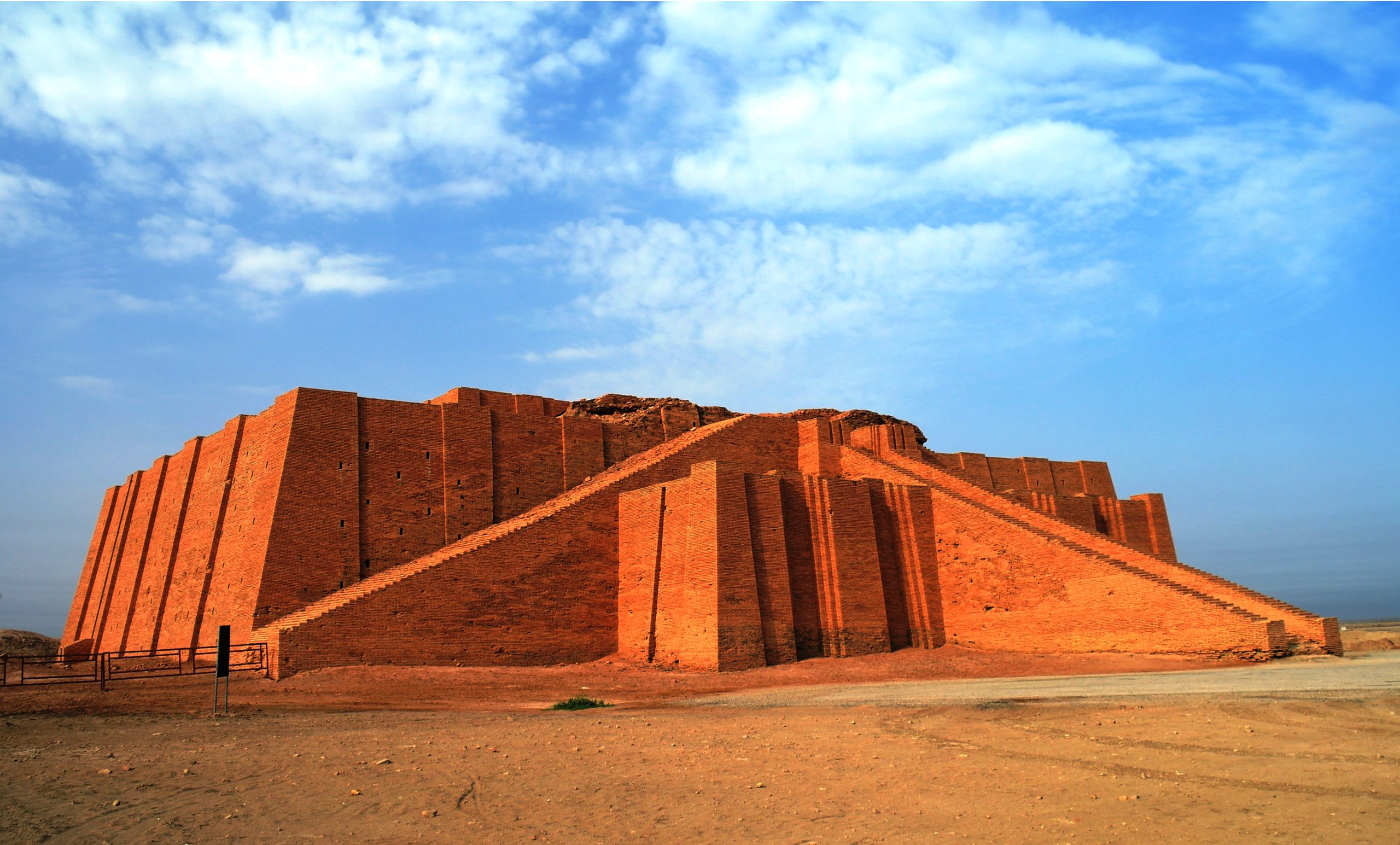
A discovery beneath layers of death
British archaeologist Leonard Woolley uncovered the pair of goat statuettes in 1928, while excavating a grave known as the Great Death Pit at the Royal Cemetery of Ur. The burial dates to around 2550 BC and contained the body of a high-status individual surrounded by 73 sacrificed retainers. Near the edge of the chamber, crushed under collapsed roofing, Woolley’s team recovered the broken pieces of two matching figurines. The gold had crumpled. The wooden cores had rotted. But enough remained to allow for reconstruction.
The figures are similar but not identical. One stands 42.5 centimeters tall. The other, slightly larger at 45.7. One now rests in the Penn Museum in Philadelphia. The other is part of the permanent collection at the British Museum in London. Both were found near ceremonial objects, lyres, and other ritual furnishings.
Woolley gave them the name “Ram in the Thicket” because the posture reminded him of the biblical story in which Abraham finds a ram caught in a bush. But the figures are not rams. Modern zoologists suggest they are more closely modeled on markhor goats, a species known for long spiral horns, native to mountain ranges far to the east of Mesopotamia.
Materials from across the ancient world
The construction of the Ram in the Thicket figures shows a high level of craftsmanship and access to materials from distant regions. The core of the body is wood, now preserved by modern conservation. The legs and head are sheathed in hammered gold leaf. The belly is covered in silver. The ears are formed from copper. Lapis lazuli, imported from mines in what is now Afghanistan, forms the fleece and horns. The rectangular base is decorated with a mosaic of shell, red limestone, and blue stone arranged in a repeating diamond pattern.
These materials were not chosen at random. Lapis held symbolic importance in Mesopotamian ritual. Silver and gold were reserved for elite contexts. The use of shell suggests a connection to the Persian Gulf. The finished figures combine local and imported resources, assembled to serve a specific role inside the tomb.
No written label survives. The goats hold nothing in their hooves. Some scholars believe they may have originally supported small offering bowls or vessels. If so, these have long since vanished. But the goats themselves remain, positioned in a way that invites symbolic interpretation.
The cosmic tree and the order of the world
The plant that each goat presses its hooves against isn’t drawn from nature. Its shape is rigid, more sculpture than tree. The branches reach upward in controlled lines. A rosette sits near the top, its petals too even to be wild. The trunk stands straight and smooth, with no texture of bark or knots. It was made this way on purpose.
Some researchers at the Penn Museum have compared the form to what Mesopotamian texts describe as the world tree: a vertical structure that linked the sky, the land, and the world below. That idea appears across several stories and prayers, often in temple contexts, where the space between levels had to be managed carefully. The branches might stand for the heavens, the leaves for the surface world. Nothing about the object looks accidental.
Sumerian texts say the sun rose from the eastern mountains and set through gates in the west. The god who moved with it was Shamash, who carried the light and was said to see everything. His movement across the sky marked the time when judgments were made and order was re-established. The start of the day was not just about light returning. It was when the system was reset.
The goat’s posture may belong to that same pattern. It isn’t walking. It isn’t grazing. It climbs, or it would appear to be reaaching into the tree. That motion, repeated in both figures, may have meant something about contact between the levels of the world. If this object stood near a ritual setting, it would have fit the logic of a world where animals were part of how people marked time, offered gifts, and kept the cycle going. The shape does not tell a story. It holds a structure that was once understood.
Sacrifice, destiny, and the horizon
Goats and sheep were often part of ritual life in Mesopotamia. Some were used in temple offerings, others in ceremonies tied to time and direction. At Ur, animals were sometimes sacrificed at night, before the first light appeared in the east. These acts weren’t private or spontaneous. They were scheduled, carried out in set places, and followed known rules.
The Ram in the Thicket figures may have stood near such offerings. Their posture and shape resemble scenes described in texts where the sun rises and fates are determined for the day. People placed gifts facing east, raised their hands, or stood beside symbolic objects. These actions were part of how they marked time, not only by the hour but by meaning.
The figures were found in a royal tomb, among lyres, weapons, and other objects tied to formal burial. They weren’t placed for decoration. They served a purpose in how the dead were prepared for the space beyond. The materials and design suggest they were part of a system that treated death as a continuation of ritual, not a break from it.
The meaning behind
There’s no writing on them. No label, no scene carved into the side. What you see is what was assembled: gold leaf pressed over carved wood, lapis laid into the fleece, copper folded around the ears. Both figures were built with care. Each goat rises upright, front legs set against a flowering branch. They were made the same way, using the same materials, and placed in the same tomb.
Whoever arranged them had a reason for their position, their posture, and their place among the other burial goods. The meaning isn’t written out, but the choices are consistent. The objects reflect a set of habits, maybe even rules, followed when preparing the dead. In Ur, that included gold, lapis, a tree, and a goat.



